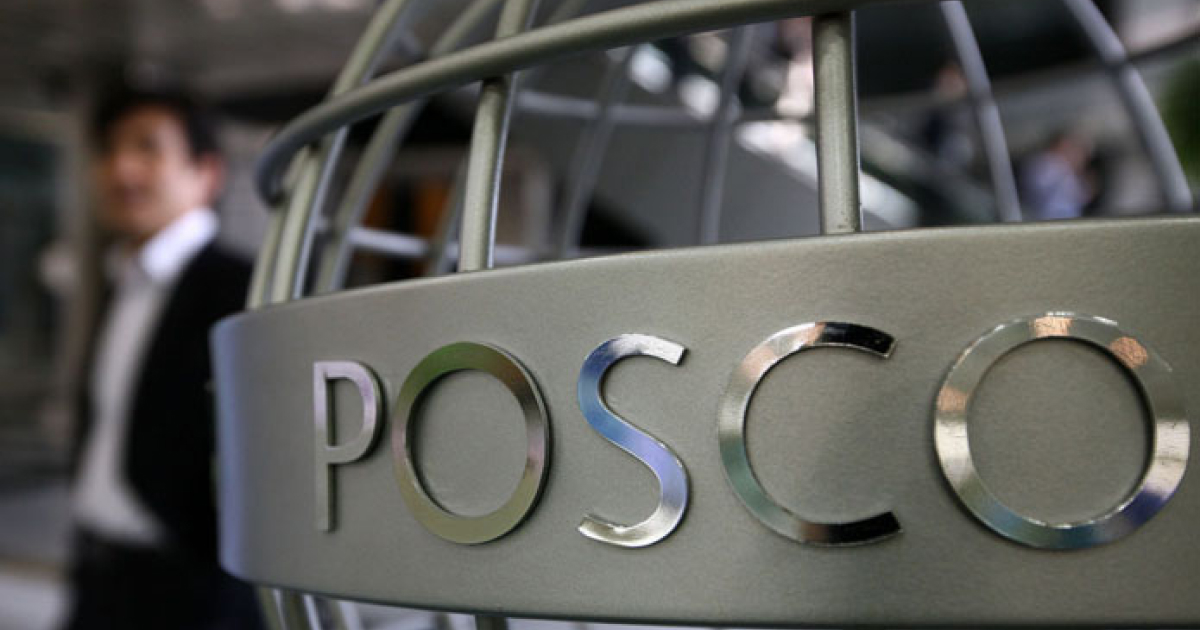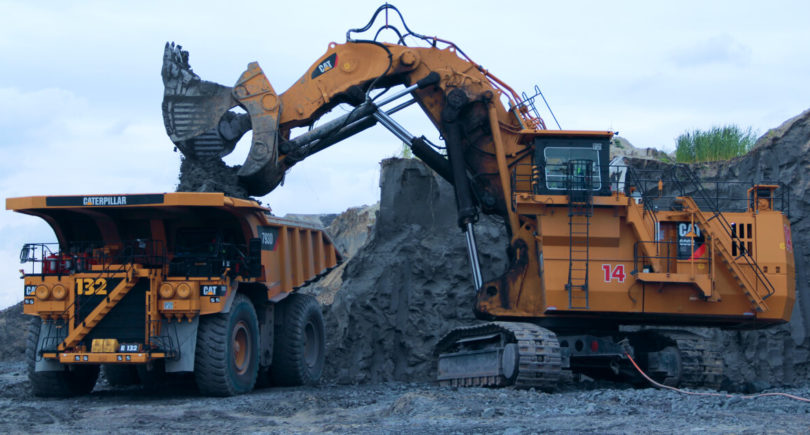
Steel sales in April-June increased by 2.3% q/q
In Q2 2023, the South Korean steel company POSCO Group increased steel production by 4.1% compared to the previous quarter – up to 8.851 million tons. Compared to the same period in 2022, the indicator increased by 3.6%. This is evidenced by quarterly report data.
The production of steel products during this period increased by 1.5% q/q and 1.7% y/y – up to 8.48 million tons.
Steel sales for April-June 2023 amounted to 8.35 million tons, which is 2.3% more compared to the first quarter of 2023, and 1.4% more than the same period last year. The share of products shipped to the domestic market was 55.4%.
The company’s revenue increased by 7% compared to the previous quarter, but decreased by 13.2% compared to the second quarter of 2022 – to 10.3 billion won. EBITDA grew by 70.5% q/q, but fell by 25.9% y/y – up to 1.42 billion won. Operating profit amounted to 841 million won, which is 3.3 times more q/q, but 36.4% less y/y.
The recovery of China’s economy and the stabilization of global commodity prices, as well as the resumption of the steel plant in Pohang, which was affected by Typhoon Hinnamnor in September 2022, contributed to the increase in financial indicators.
In the second half of 2023, POSCO expects further sales growth, as maintenance costs will be lower during this period and Chinese steel mills are expected to cut production in line with the Chinese authorities’ restrictive measures.
In January-May 2023, South Korea reduced output of steel by 0.4% compared to the same period in 2022 – to 28.1 million tons.
As GMK Center reported earlier, in the first quarter of 2023, POSCO increased steel production by 6% compared to the fourth quarter of 2022 – up to 8.499 million tons. Compared to the same period last year, the indicator decreased by 3%.
POSCO intends by 2030 to reduce carbon emissions by 10%. To do this, the company is investing $14 billion in the construction of two electric arc furnaces at plants in Kwangyang and Pohang, which are planned to be launched in 2025 and 2027, respectively.



